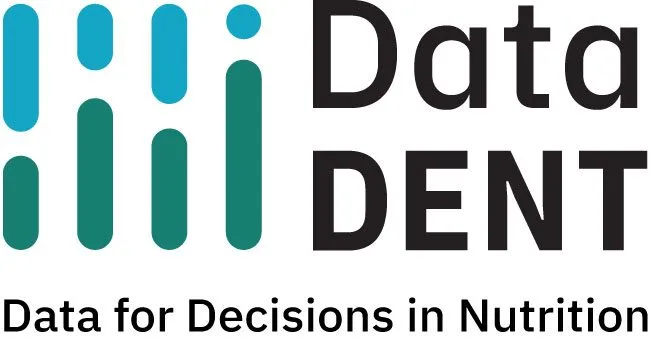Journal Article | https://doi.org/10.1186/s12961-025-01387-9
Date of Publication | September 2025
Abstract
Background
Using data for policy design, program implementation and accountability is a priority among nutrition stakeholders in Nigeria. However, the capacities of decision-makers to use data are not well-defined.
Objective
This study used mixed methods to assess the capacity of institutions within Nigeria’s health sector to demand and use data for decision-making on nutrition policies and programs.
Methods
A quantitative scale capturing organizational and individual factors related to the capacity to demand and use data was administered to 92 nutrition stakeholders in Nigeria across federal government (n = 33), state government (n = 21) and local government areas (LGAs) (n = 29) and development partner organizations (n = 9). We compared scores across sub-groups. Key informant interviews (KIIs) with a subset of the federal (n = 13), state (n = 17), LGA (n = 30), and development partner (n = 11) respondents complemented the quantitative scale and were analysed thematically.
Results
Mean institutional capacity to demand and use data was 78.6 out of 100 [95% confidence interval (CI) 75.9, 81.3]. The mean organizational capacity score was 51.4 out of 60 (95% CI 49.9, 52.9); individual capacity was 27.2 out of 40 (95% CI 25.7, 28.7). Development partners (mean 85.7; 95% CI 78.9, 92.4) had the highest score, followed by state-level respondents (mean 82.3; 95% CI 76.9, 87.6), but differences were not significant. Both quantitative and qualitative results showed recognition and support for nutrition data demand and use but weak organizational mechanisms to ensure data use. Accessing available nutrition data was a challenge, especially for administrative data. Quantitative and qualitative results identified infrastructural and technological resource barriers for government respondents, especially at the LGA level, but not for development partners. Skills to synthesize and use nutrition data were also a challenge across respondent groups.
Conclusions
Government and non-government stakeholders in Nigeria’s health sector recognize the importance of data for nutrition decision-making, but gaps remain in individual capacity, resources and data use processes. To strengthen data use for nutrition policy process, investments to address gaps are needed.

